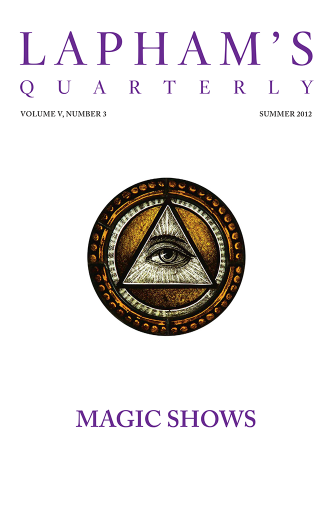Oil dependency is not just an economic attachment but appears as a kind of cognitive compulsion.
—Peter Hitchcock, 2010Radioactive Matters
Marie Curie discovers new elements.
My experiments proved that the radiation of uranium compounds can be measured with precision under determined conditions and that this radiation is an atomic property of the element of uranium. Its intensity is proportional to the quantity of uranium contained in the compound and depends neither on conditions of chemical combination nor on external circumstances such as light or temperature.
I undertook next to discover whether there were other elements possessing the same property, and with this aim I examined all the elements then known, either in their pure state or in compounds. I found that among these bodies, thorium compounds are the only ones that emit rays similar to those of uranium. The radiation of thorium has an intensity of the same order as that of uranium and is, as in the case of uranium, an atomic property of the element.
It was necessary at this point to find a new term to define this new property of matter manifested by the elements of uranium and thorium. I proposed the word radioactivity, which has since become generally adopted; the radioactive elements have been called radio elements.
During the course of my research, I had occasion to examine not only simple compounds, salts and oxides, but also a great number of minerals. Certain ones proved radioactive. These were those containing uranium and thorium, but their radioactivity seemed abnormal, for it was much greater than the amount I had found in uranium and thorium had led me to expect.
This abnormality greatly surprised us. When I had assured myself that it was not due to an error in the experiment, it became necessary to find an explanation. I then made the hypothesis that the ores uranium and thorium contain in small quantity a substance much more strongly radioactive than either uranium or thorium. This substance could not be one of the known elements, because these had already been examined; it must, therefore, be a new chemical element.
I had a passionate desire to verify this hypothesis as rapidly as possible. And Pierre Curie, keenly interested in the question, abandoned his work on crystals (provisionally, he thought) to join me in the search for this unknown substance.
We chose, for our work, the ore pitchblende, a uranium ore, which in its pure state is about four times more active than oxide of uranium.
Since the composition of this ore was known through very careful chemical analysis, we could expect to find, at a maximum, 1 percent of new substance. The result of our experiment proved that there were in reality new radioactive elements in pitchblende but that their proportion did not reach even a millionth percent!
The method we employed is a new method in chemical research based on radioactivity. It consists of inducing separation by the ordinary means of chemical analysis and of measuring, under suitable conditions, the radioactivity of all the separate products. By this means one can note the chemical character of the radioactive element, for it will become concentrated in those products that will become more and more radioactive as the separation progresses. We soon recognized that the radioactivity was concentrated principally in two different chemical fractions, and we became able to recognize in pitchblende the presence of at least two new radioactive elements: polonium and radium. We announced the existence of polonium in July 1898 and of radium in December of the same year.

Marie Curie
From Pierre Curie. Maria Skłodowska was born under the Russian Empire in Warsaw in 1867. As a teenager she joined the Flying University, an underground institution that trained students in subjects banned by the government. She moved to Paris in 1891 and met Pierre three years later; the Curies’ research led to the discovery of polonium—a radioactive element named for Marie’s country of birth—and radium. The Curies shared the 1903 Nobel Prize in Physics. In 1911, five years after Pierre’s death, Marie won a second Nobel Prize, in Chemistry, for her discovery of these elements.
